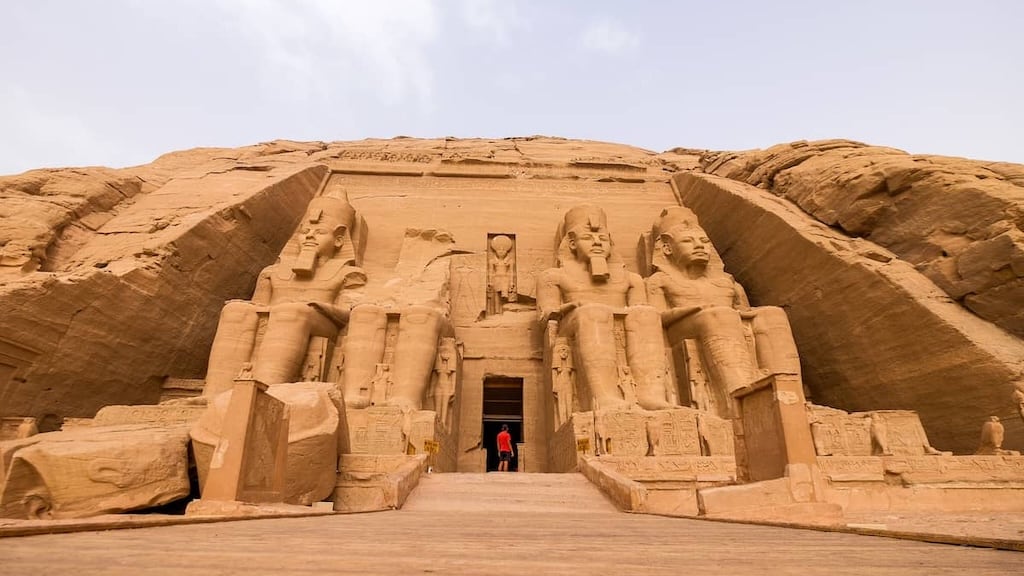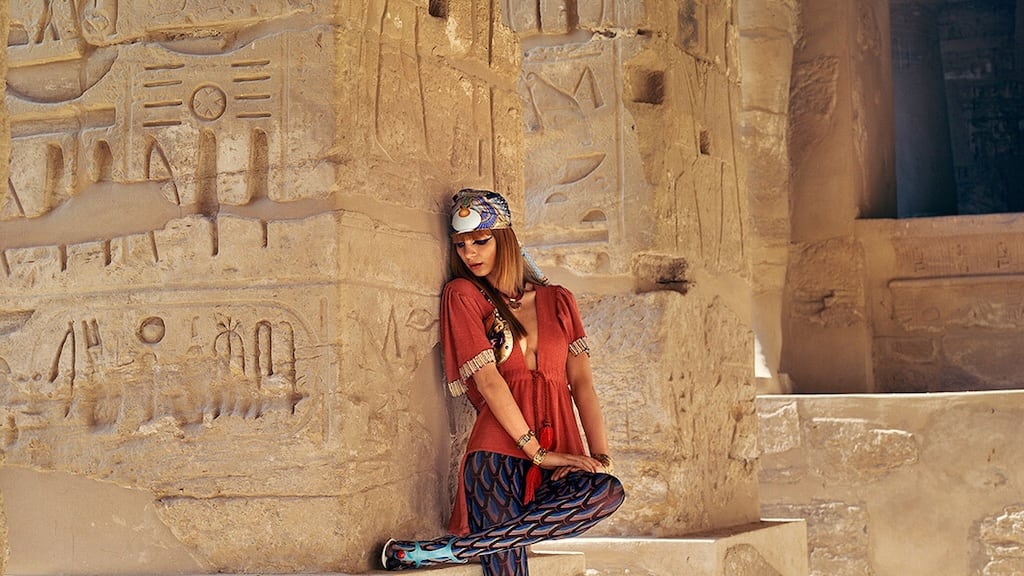Abu Simbel Sun Festival
The Abu Simbel Sun Festival, held twice a year in Egypt, is a captivating festival that celebrates the amazing alignment of the sun with Ramses II's temple.
The festival, which has deep roots in Egyptian tradition, offers a unique blend of history, astronomy, and vibrant local culture, making it an irresistible event for visitors from around the world.


Historical Background
The Abu Simbel Sun Festival originated in ancient Egypt in the 13th century BCE, during the rule of Pharaoh Ramses II. Ramses II, who was famous for his architectural endeavors, ordered the building of the Abu Simbel temples to showcase his power and divinity.
The temples were situated in such a way that twice yearly, on February 22 and October 22, sunlight enters the inner sanctum and illuminates the statues of Ramses II, Ra, Amun, and Ptah. The alignment was not coincidental; it involved exact calculations and a deep knowledge of astronomy on the part of the ancient architects.
During the 1960s, the temples were moved to higher ground to prevent them from being flooded by the building of the Aswan High Dam. This epic engineering achievement guaranteed the saving of these historical wonders for generations to come. The moving process required the temples to be cut into massive blocks and rebuilt at the new site, a remarkable achievement in modern engineering.
Common Activities
The Abu Simbel Sun Festival starts early in the morning, with tourists assembling at the temple complex before sunrise. As the sun rises, its rays slowly light up the inner sanctum, a stunning spectacle that takes place for about 20 minutes. This phenomenon of the sun is the highlight of the festival and attracts thousands of tourists every year.
Along with observing the sun alignment, visitors can partake in a wide array of cultural events. There are recitals of the traditional Nubian dance and music, which contribute to the carnival atmosphere, and local craftsmen display their wares in colorful markets throughout the temple complex. Guided tours of the temples, offering insight into their historical value and architectural wonders, are also part of the festival.
Traditional Customs
The Abu Simbel Sun Festival is full of traditional practices that echo the cultural heritage of Egypt. One such striking practice is the presentation of food and flowers to the gods, a practice that has been followed since ancient times.
The people present at the festival also wear traditional clothes, which contribute to the authenticity of the festival. Food stalls on the streets provide a flavor of Egyptian dishes, and koshari, falafel, and baklava are the most sought-after foods. There is also traditional music, with the oud and tabla adding to the mystical atmosphere. Releasing doves, a sign of harmony and peace, is a well-suited tribute to the gods and pharaoh.


What to Expect
Travelers to the Abu Simbel Sun Festival are in for a treat. The ideal time to visit is early morning since the sun alignment takes place a little after sunrise. The festival takes place at the Abu Simbel temples, which are situated close to the town of Aswan in southern Egypt. The location can be reached by road, and buses and taxis are available from Aswan. One may also take a short flight from Aswan to Abu Simbel.
There is a range of Aswan accommodation, from budget hostels to high-end hotels, and visitors can therefore easily find appropriate accommodation. It is recommended to book the accommodation early, since the festival draws extremely large numbers of people. Beginners are advised to be ready for morning chills and are welcome to carry warm attire. Visitors are also advised to wear comfortable shoes, since the temple complex entails some walking.
Conclusion
The Abu Simbel Sun Festival is an essential element of Egyptian cultural life, providing a rare combination of history, astronomy, and local tradition. Traveling to the festival provides visitors with the opportunity to observe a breathtaking solar phenomenon and become acquainted with the grand legacy of ancient Egypt.
The festival is not merely a celebration of the past but also of the indomitable will of Egyptian civilization.